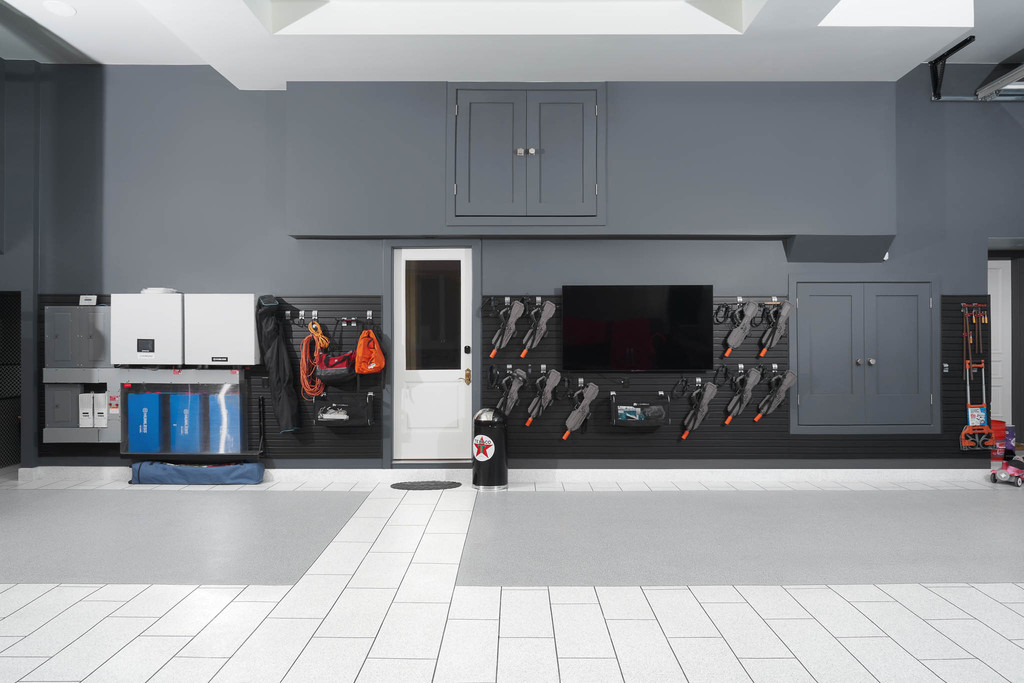When you first organized your garage storage, did you think about why you put certain things where you did? If not, you could have missed out on an opportunity to maximize your space's potential. Where you decide to store your belongings inside your garage can impact how easy it is to access them. As you rework your garage storage plans, consider using our tips for zoning your space effectively.
1. Map your garage
Dividing your garage space into zones allows you to store certain items in strategic places. You want the things you use the most to be within reach and the items you infrequently touch to be out of the way. Taking time to plan your garage storage will help. Flow Wall will be there with you every step of the way, including during the planning process. You can download our free garage organization planning guide to help you design a functional space.
2. Most-used should go near doors
Your garage likely has two doors: the large one you drive through and the small one. The area (against the walls) near both doors should be used to store the items you use most often. Break down your storage planning as such:
Large door: Place landscaping items or big tools near here. This might include a lawn mower, rakes, brooms or sports equipment. If you pull the items out of your large garage door in order to use them, then the space just inside the door should be devoted to such equipment.
Small door: The door that connects to your home, or a sidewalk to your home, should open to smaller items you use often. For instance, you might store pet food, gardening supplies, your tool set, etc., on wall mount shelves near the door. That way, you can pop in, grab what you need and leave. This zoning technique prevents you from digging through your garage for everyday essentials.
3. Add a breezeway
Mark a zone near the door into your house to be used as a transitional space. This area could be opposite the shelf we mentioned before, or next to it - how exactly you set up your shelves or wall cabinets will depend on the shape of your garage. Ideally, the transitional space is an area you can use when coming from or going into your house. It could be a workbench that has a countertop - that way, you can place your keys on the counter. It could have hooks where you hang your coat or a bin where you keep shoes. Think of this area as a mudroom that's in your garage.
If you want to include a breezeway in your garage storage setup, we think you'll love the Six-Piece Workstation from Flow Wall. It features a counter and wall cabinets that don't take up the entirety of the panel. This is ideal because you can use the extra space to mount hooks or bins. You may even customize the station to fit your garage-transitioning needs.
4. Include a workstation zone
Reserve one storage zone in your garage for your hobbies. Whether you build birdhouses or paint model planes, keeping a workstation in the garage gives you easy access to your supplies. The Jumbo Starter Workstation is the perfect tool to help you set up your space. With counters and plenty of storage, you'll keep all your supplies nice and neat.
